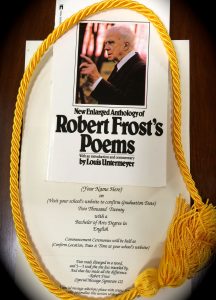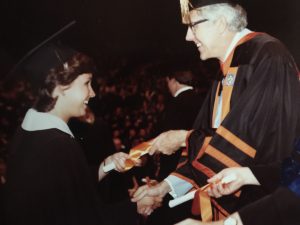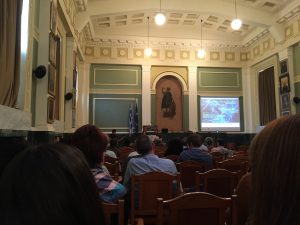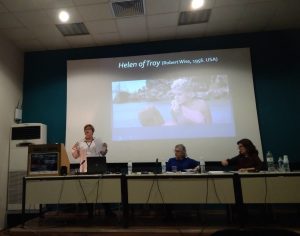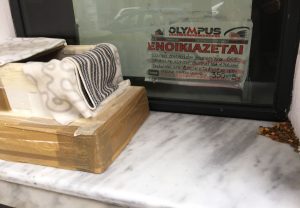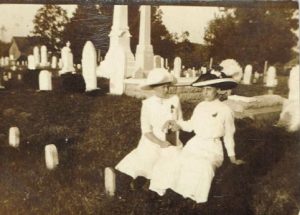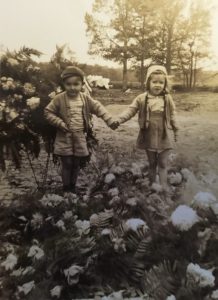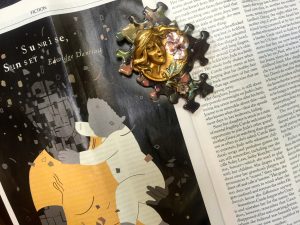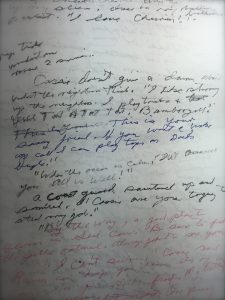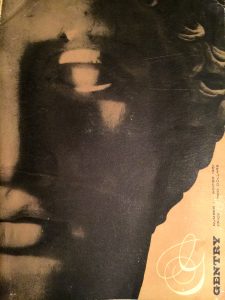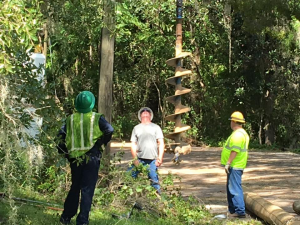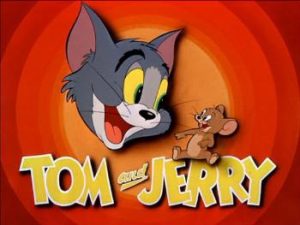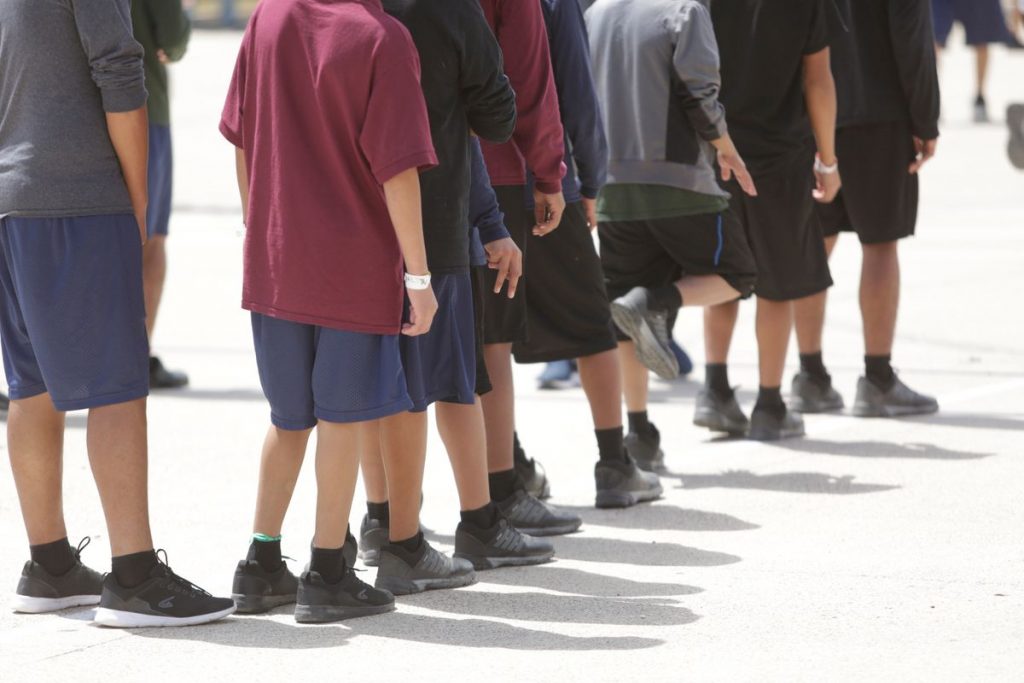 The second time this news photograph appeared on my screen, I began to look at it more closely. You’ve likely seen this handout photo from the U.S. Department of Health and Human Services. Showing a lineup of immigrant boys held in Brownsville, Texas, it has appeared on numerous news sites. This image differs from others of detained children at the U.S. southern border. Despite the camera’s proximity, the photograph appears strangely distancing. We see the boys from the back, from the shoulders down.They look jarringly incomplete, their heads and left arms outside the frame. They are boys between the ages of 10-17 casting small shadows on the ground.
The second time this news photograph appeared on my screen, I began to look at it more closely. You’ve likely seen this handout photo from the U.S. Department of Health and Human Services. Showing a lineup of immigrant boys held in Brownsville, Texas, it has appeared on numerous news sites. This image differs from others of detained children at the U.S. southern border. Despite the camera’s proximity, the photograph appears strangely distancing. We see the boys from the back, from the shoulders down.They look jarringly incomplete, their heads and left arms outside the frame. They are boys between the ages of 10-17 casting small shadows on the ground.
Where do your eyes linger as they scan across the lineup of black socks, gray sneakers, and dark shorts? Mine gravitate toward the boy raising his right leg. In step and out of line, his calf’s tight angle is kinesis in stasis. It reminds me of the dance-like moves my son made as a child: standing in line with me, waiting for his turn. Or a solo children’s game one invents in confined spaces. French thinker Roland Barthes used the word punctum to describe the effect of such photographic details. While we consciously look for things in photographs, the punctum finds us. As Barthes put it, This time it is not I who seek it out . . . it is this element which rises from the scene, shoots out of it like an arrow, and pierces me. Now I notice the everyday choreography of the boy’s right hand–unlike the others in this lineup. The jarring image hits home.
The punctum is an emotional trigger. (Barthes wrote his extended meditation on photography while mourning his mother.) All viewers would find some common elements in this photograph of immigrant boys, but punctum is an individual experience. Your eye may linger on the hand that seems to flash an upside-down peace sign (a signal?), on the wristbands two boys are wearing (why?), on something else. The detail that finds you may trigger emotions, prompt memories, raise questions (how many of these boys were separated from their parents?).
I’m sure this photograph will reappear in my newsfeed, along with images of other migrant children. I will not look away. I will look again. –MB
Sources:
Roland Barthes, Camera Lucida: Reflections on Photography. (1979)
https://www.cnn.com/2018/06/14/us/inside-immigrant-children-shelter-brownsville-texas-invs/index.html
